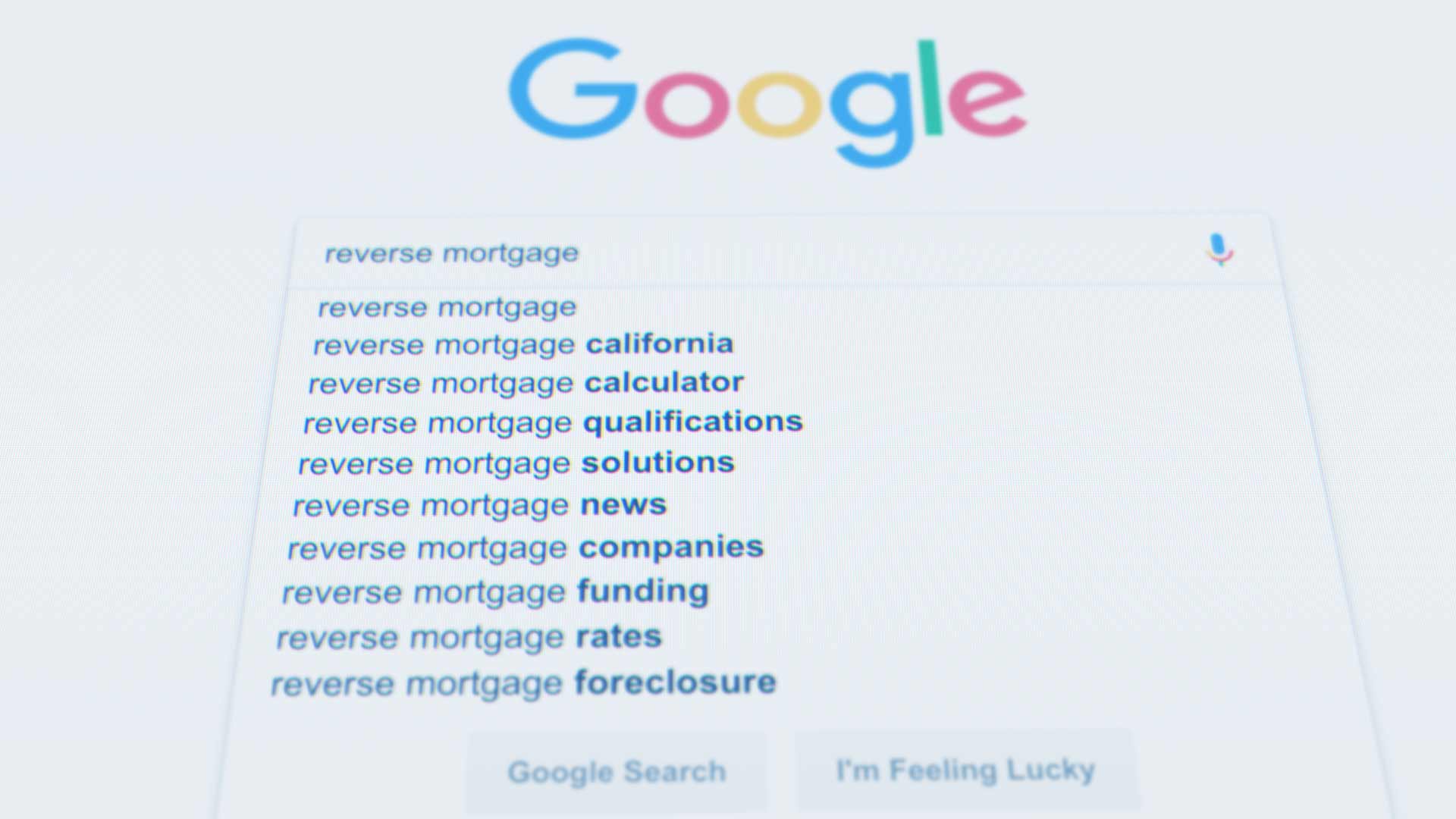SEO can feel like an intimidating topic. There are truckloads of SEO information available. Because of that, it can be hard to know which tips actually work and which tips are something made up to get clicks. Sifting through all this information takes a lot of time — time most of us don’t have.
So in response, we’re sharing some simple SEO tips you can put in practice today. No having to hire a professional to do complicated code work – these are things you can get done today. Enjoy ????
- Get a Google + page. When you have a Google + page, Google displays your face or logo next to your website in search results.
- If you have a physical address, get a Google Maps page. Google displays your address next to your result. More importantly, Google prioritizes your business for local searches in your area.
- Make sure you post any business reviews you have on Google. Google prioritizes businesses with positive reviews.
- If you have a physical address, make sure you post your address in as many places as possible – Yelp, Angie’s List, and others. Anywhere Google can match you to this address, they’ll increase your position on local searches.
- Use proper text for inter-links. Don’t use phrases like “here,” “there,” or “at this link.”
- Make sure your page title and keywords match each other. Google rewards websites that are what they say they are.
- Optimize images. Always use alt tags and write image descriptions in the alt tag. Make sure to include keywords in this description.
- Use friendly URLs. Avoid ‘&’, ‘?’, ‘!’ style characters. If your URL has them, try to get rid of them.
- Use hyphens sparingly – only when where grammatically appropriate.
- Do not use session ids in URLs.
- Don’t stuff your content with keywords. If Google detects an irregularly high usage of your keywords, they will ding you in the search results.
- Don’t use capital letters in URLs. Windows servers are case sensitive, so you should always use lowercase letters for search engine URLs.
- Use internal linking wherever possible, as opposed to external links.
- Have a category description, even if it’s never displayed. Google indexes this description for keywords.
- Check for ‘www’ URL issues. Decide which you want to use and 301 redirect the other to it. In other words, if you want http://www.example.com, then make http://example.com redirect to it. This way, you are making sure the correct URL gets ranked.
- Include category-specific RSS feeds. Not only will it help search ranks, but your readers will also appreciate it.
- Use rel=”nofollow” tag on low-value links to not pass the page rank. For example “Read the rest of the entry”, “About”, “Contact” etc. or other internal links.
- Use sub-directories rather than sub-domains when possible. Sub-domains do not share link status from the main domain as Google treats it as a different domain.
- Research the target audience using Google Keywords and other tools. Aim the site content appropriately.
- When looking for external links, think quality, not quantity. Google will ding you in the search results for links from poor websites.
For in-depth information on SEO and best practices for long-term strategy, visit our SEO services page.


